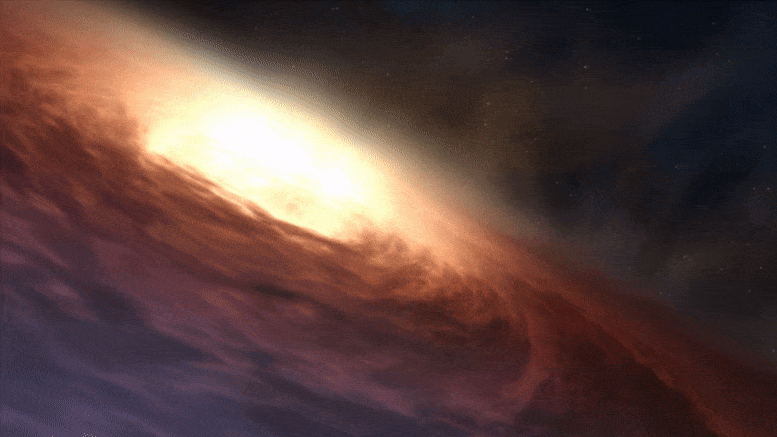
At the heart of most, if not all, giant galaxies lies a supermassive black hole. As matter rotates around and falls into the black hole, it emits powerful radiation. Credit: ESA/Hubble (M. Kornmesser)
The Universe contains different “flavors” of black holes. While “stellar” mass black holes are 10-50 times the mass of our Sun, supermassive black holes are millions and billions of times the mass of our Sun (like the one in the film Interstellar)! Supermassive black holes (SMBH) are so big that they manage to — quite literally — become the centers of their galaxies. Their gravity pulls in celestial bodies like stars, neutron stars, and smaller black holes into orbit around them (illustrated in Figure 1).
The gravitational force also pulls in surrounding gas and dust into a spiraling orbit with an inevitable end in the SMBH. As the gas spirals in, it gets hot due to friction and can even generate bright “jets” of radiation. The spiraling gas is known as an accretion disk, and these can be very thick and even hide some of the celestial bodies inside. Unfortunately, what goes on between bodies inside accretion disks is hidden from us — our eyes cannot see through these gassy curtains. However, gravitational waves from the mergers of these bodies help spill the beans: they pass through the gassy curtain and let us study both the accretion disk and merging bodies!
Scientists have been simulating bodies inside accretion disks to understand how many mergers can happen inside these disks and what the orientations of the bodies are before merging. Based on these simulations, we have constructed a “model” to study the accretion disks’ age and density (ie, if the disk is dilute or viscous) from the gravitational waves shot off from the mergers! A visual representation of the model is in Figure 2.
Active galactic nuclei (AGN) are promising environments for the assembly of merging binary black hole (BBH) systems. Interest in AGNs as nurseries for merging BBH is rising following the detection of gravitational waves from a BBH system from the purported pair-instability mass gap, most notably, GW190521. Active galactic nuclei have also been invoked to explain the formation of the high-mass-ratio system, GW190814.
We draw on simulations of BBH systems in AGN to propose a phenomenological model for the distribution of black hole spins of merging binaries in AGN disks. The model incorporates distinct features that make the AGN channel potentially distinguishable from other channels such as assembly in the field and in globular clusters. The model parameters can be mapped heuristically to the age and density of AGN disks. We estimate the extent to which different populations of mergers in AGNs can be distinguished. If the majority of merging black holes are assembled in AGNs, future gravitational-wave observations may provide insights into the dynamics of AGN disks.
Written by OzGrav researcher Avi Vajpeyi, Monash University

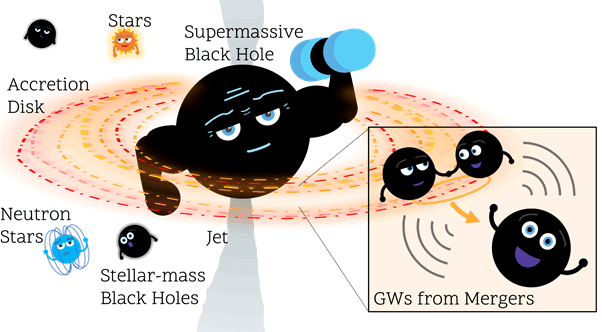
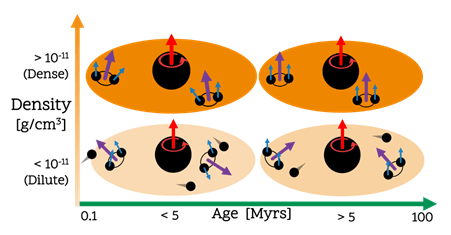

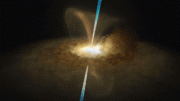
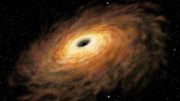



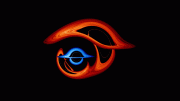

Be the first to comment on "Supermassive Black Holes: The Ultimate Snitches Giving Away Galactic Center Secrets"